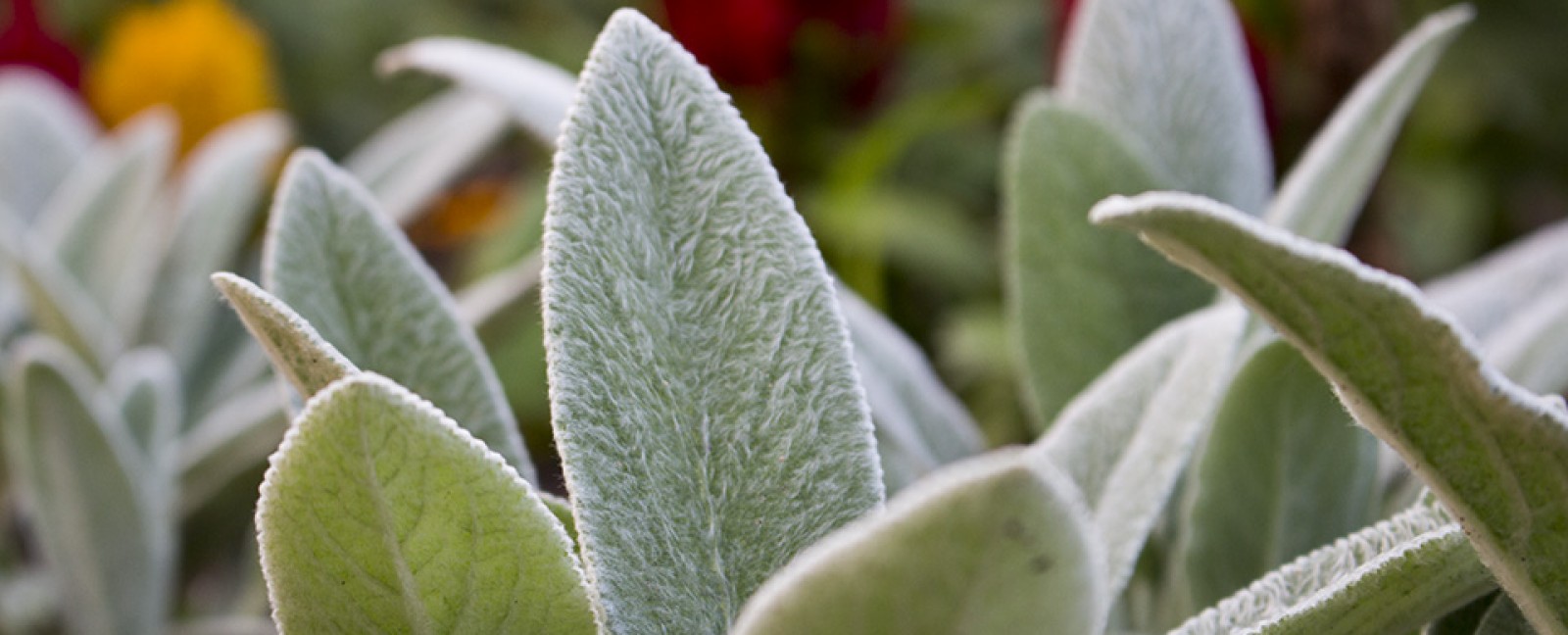
|
Hardy Annual Culinary, Medicinal 3 feet high or more, 1 foot wide Full Sun to Partial Shade Light, well drained Soil |
Dill Anethum graveolens –“Woe unto you, scribes and Pharisees, hypocrites! For ye pay tithe of mint and anise and cumin, And have omitted the weightier matters of the law.” – The Bible, St. Matthew XXIII:23Dill was traditionally believed to have protective powers, and used to counteract the spells and curses of witches and sorcerers. This aromatic sweet herb, first recorded some 5000 years ago in an Egyptian doctor’s list of remedies, was known and used by ancient civilizations for its medicinal properties. The ancient Egyptians employed it to treat headaches, and the Romans and Greeks grew it their gardens to use as both food and a perfumed incense, as well as for it therapeutic qualities. |
Early New England settlers grew special plants that would reputedly protect against evil spells and other unsociable activities of witches. Among the most effective of the antiwitch herbs were mugwort, vervain and dill.
According to herbal lore, burning sprigs of dill cleared the air and drove away destructive rainstorms.
Cultivated for its charming character, dill develops fine, threadlike leaves with large, yellow, umbrella-shaped flowers in early summer. These are followed by aromatic seeds. For centuries, brides put these seeds and salt in their wedding shoes for good luck, even though it would mean a rather uncomfortable walk down the aisle. As the sole important herb for Jewish chicken soup, dill may deserve credit for the soup’s reputed curative powers.
Planting and Care
April to early June, and September to November in frost-free areas. Are prime times to sow dill’s flat oval seeds. Plant directly in loamy, moderately fertile garden soil in full sun. Cover the seed lightly and keep the seedbed moist After the seedlings emerge (about 12 days I warm soil), water well and apply liquid fertilizer once a week. A 2 to 3 foot row planted each month as soon as the soil can be worked will provide plenty of foliage about 4 weeks after germination. Allow about 2 weeks between harvests. If growing plants to harvest seeds, do not remove any foliage. Maintain 12 to 16 inches of space between plants.
Harvesting and Use
Perhaps what has made dill eternal in the hearts of Americans is its close association with pickles. Although pickles can be flavored with any number of seasonings, dill is delicious with recipes of any ethnic origin, from sweet gerkins to sour pickle chips to everything in between. Fresh dill’s astringent quality can also provide a flavor spark to salads, root vegetables such as potatoes, fresh light flavored fish, eggs, cream sauces and dips. Containing potassium, sodium, sulfur, and phosphorus, dill is also good for you.
Dill seed, by contrast, tastes quite different from its leaf. Nutty and mildly peppery, we use the seeds for rich foods such as breads, butters and cheeses, marinated fish, Indian curries and herb salt. Dill seeds also make lovely tisanes-teas for health. They possess carminative qualities, which means they alleviate flatulence, colic and general digestive complaints.

